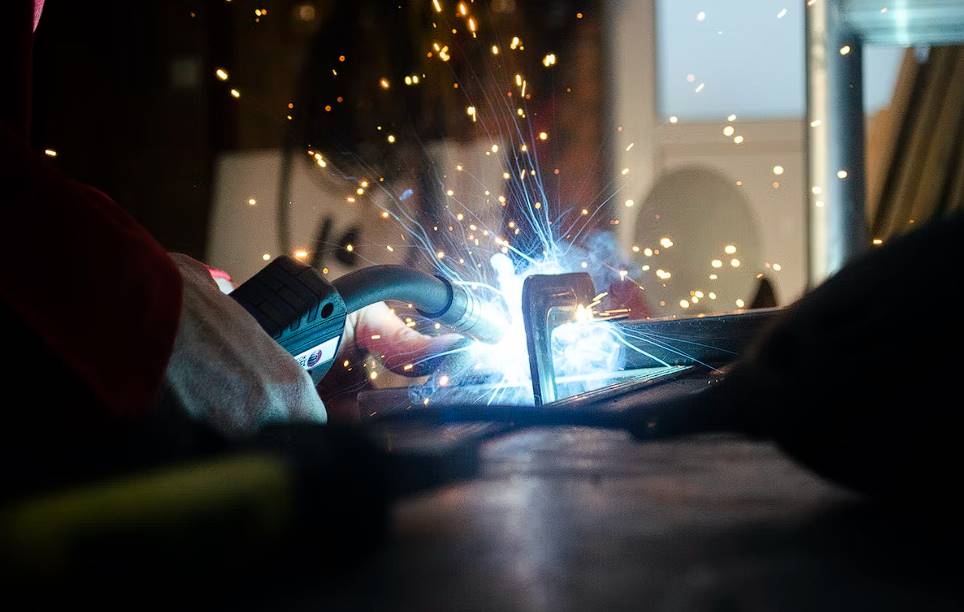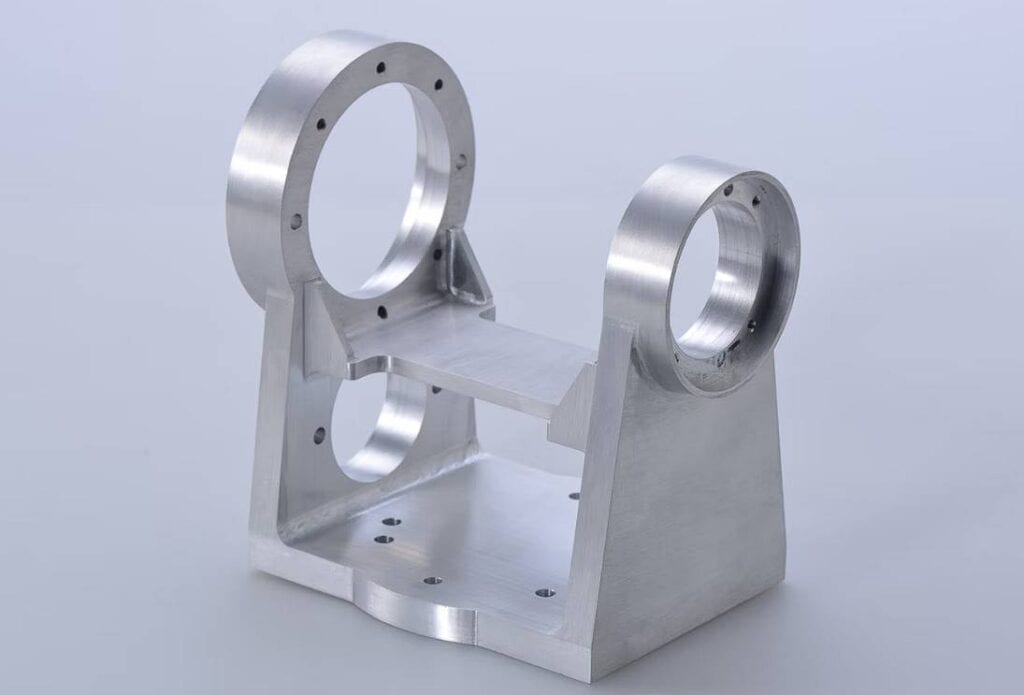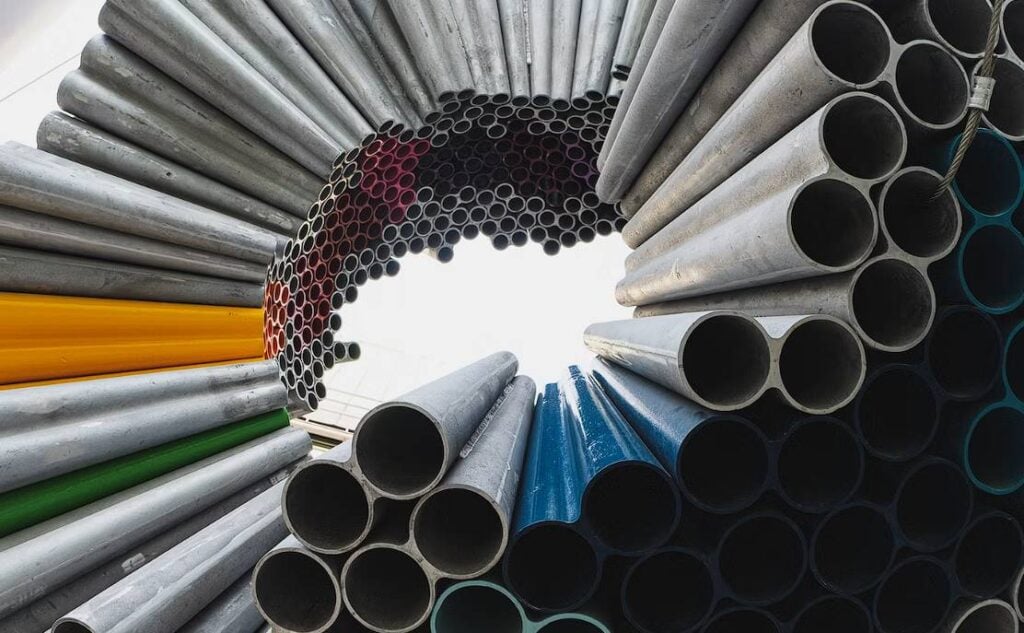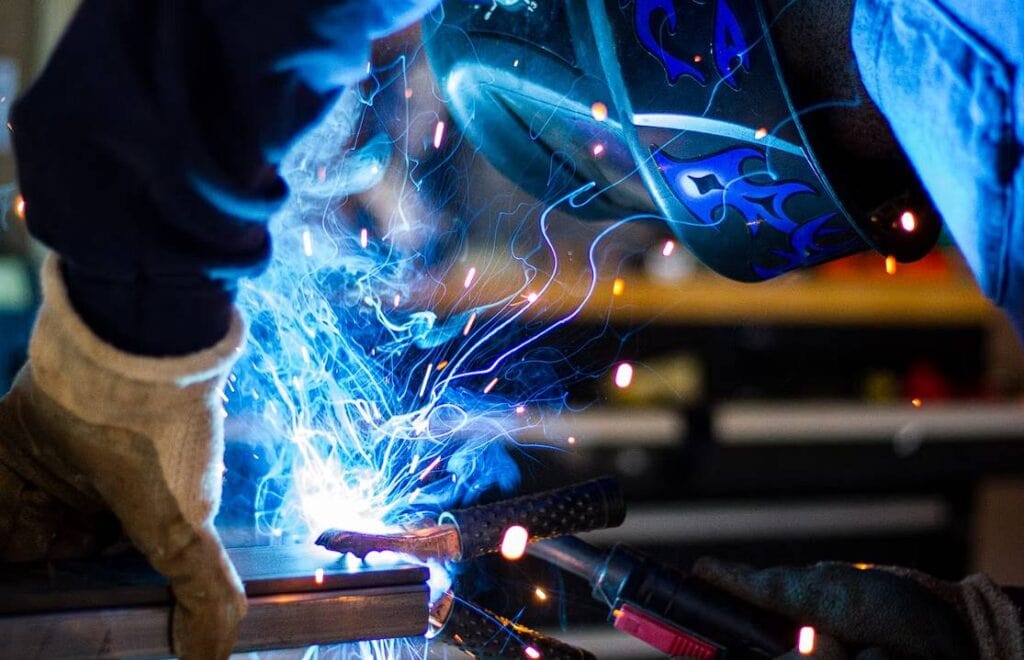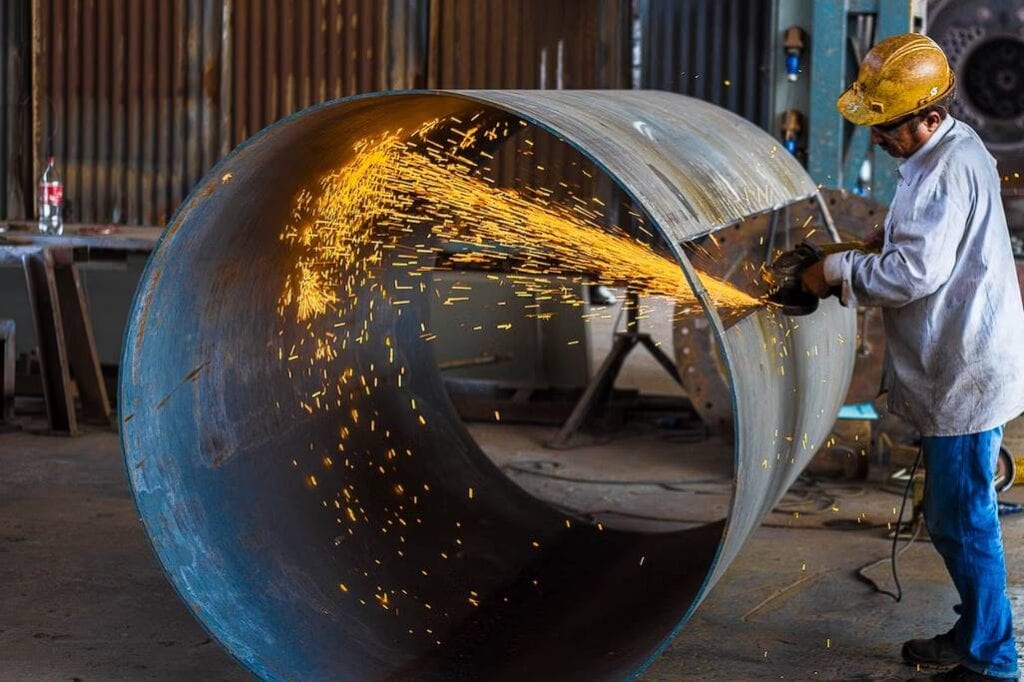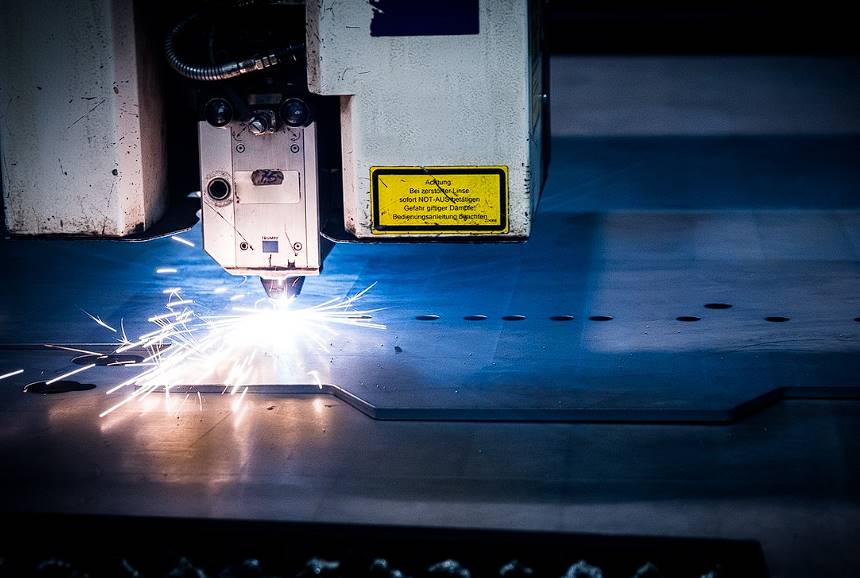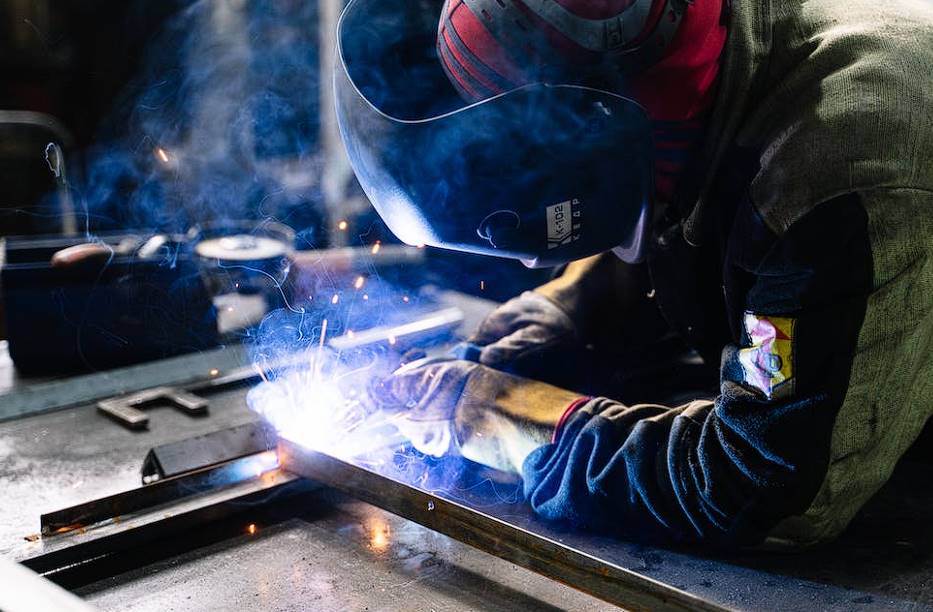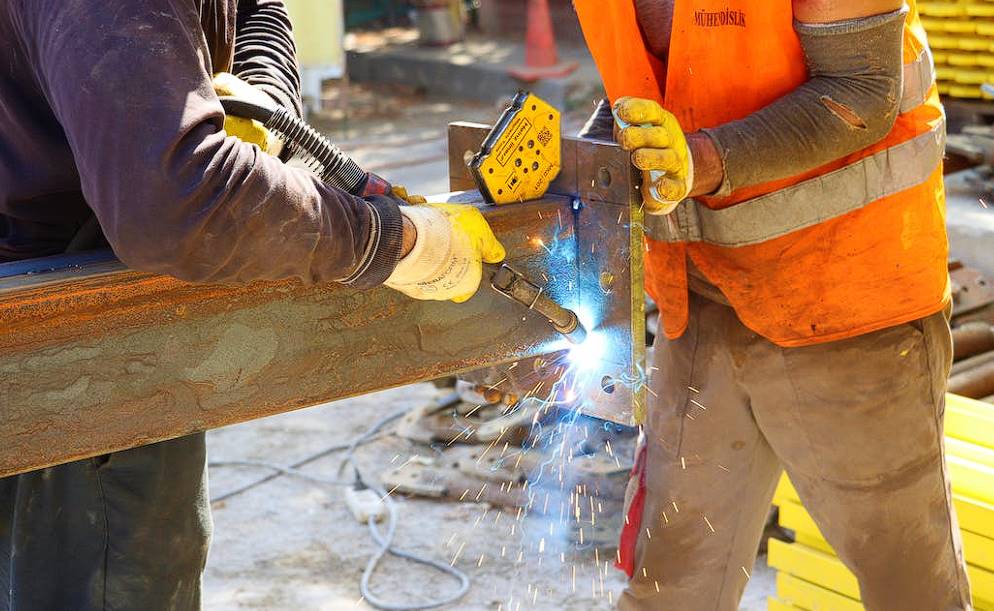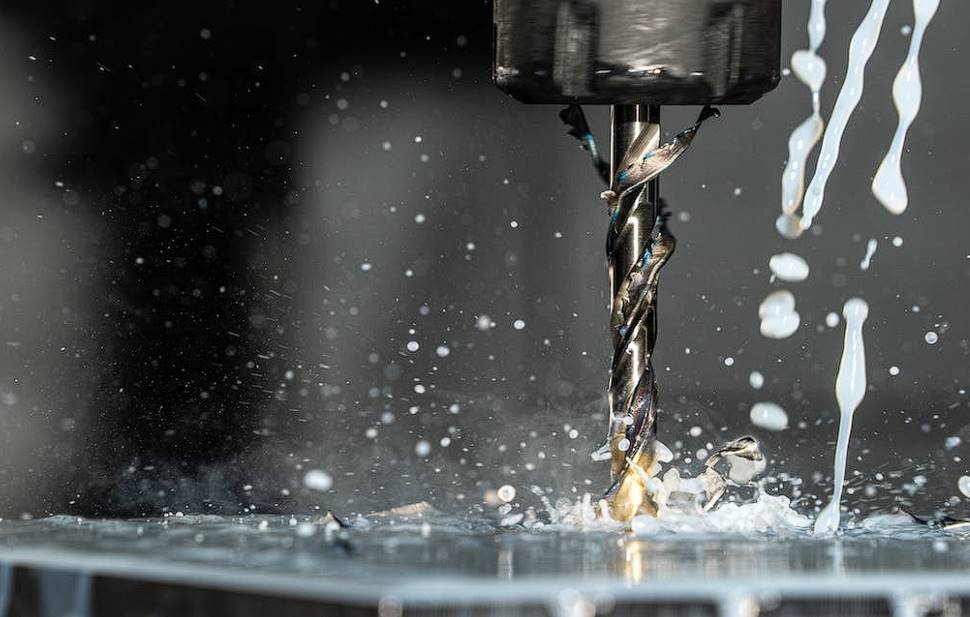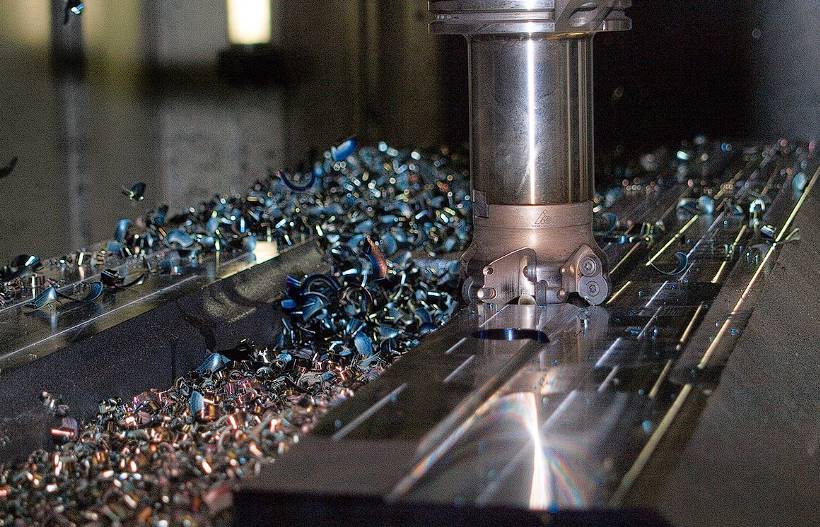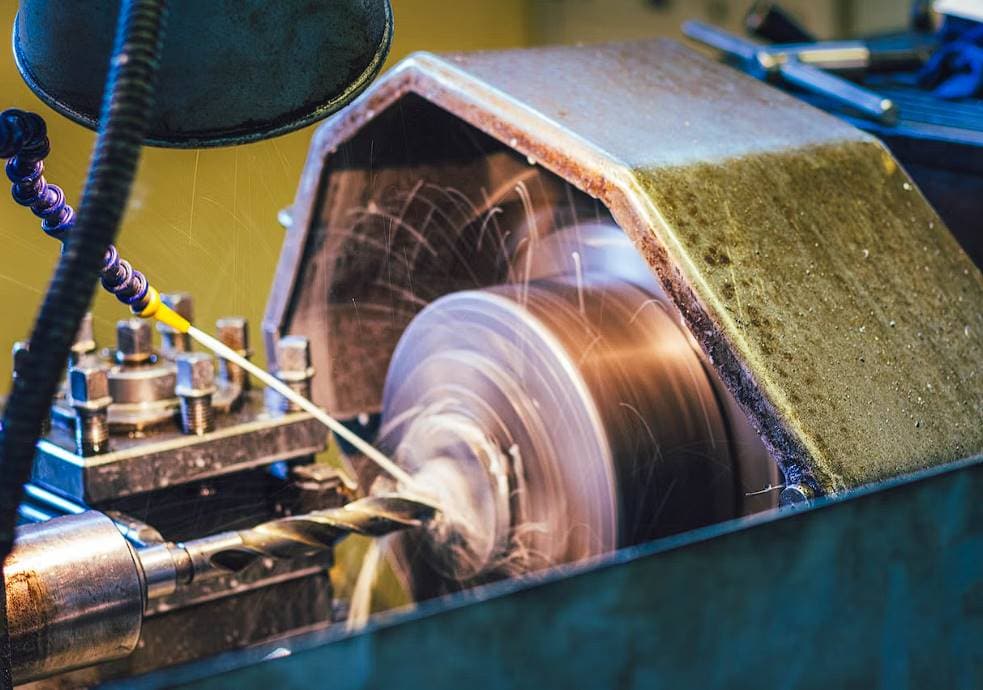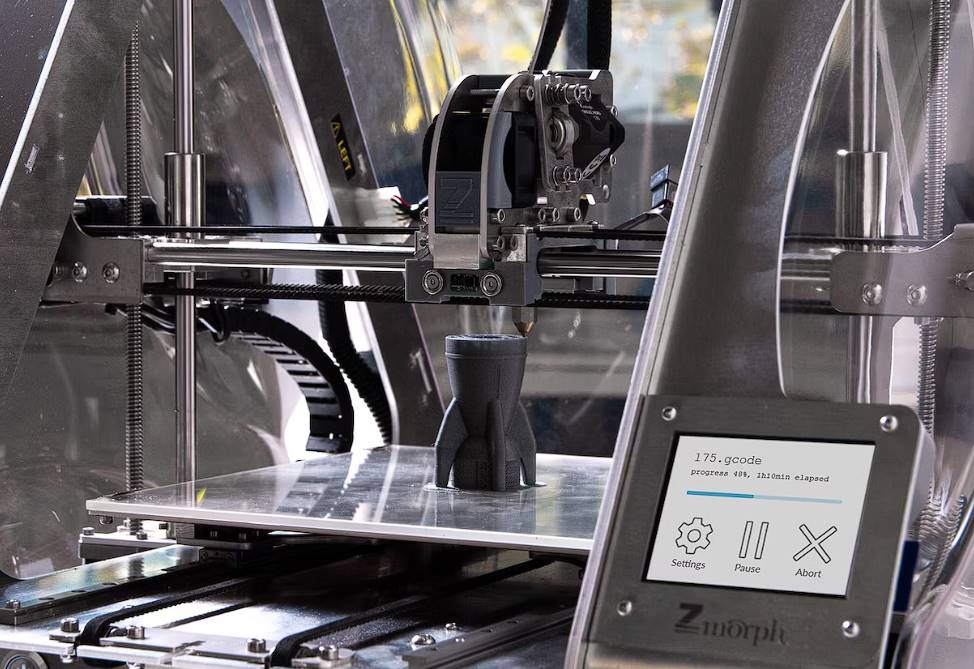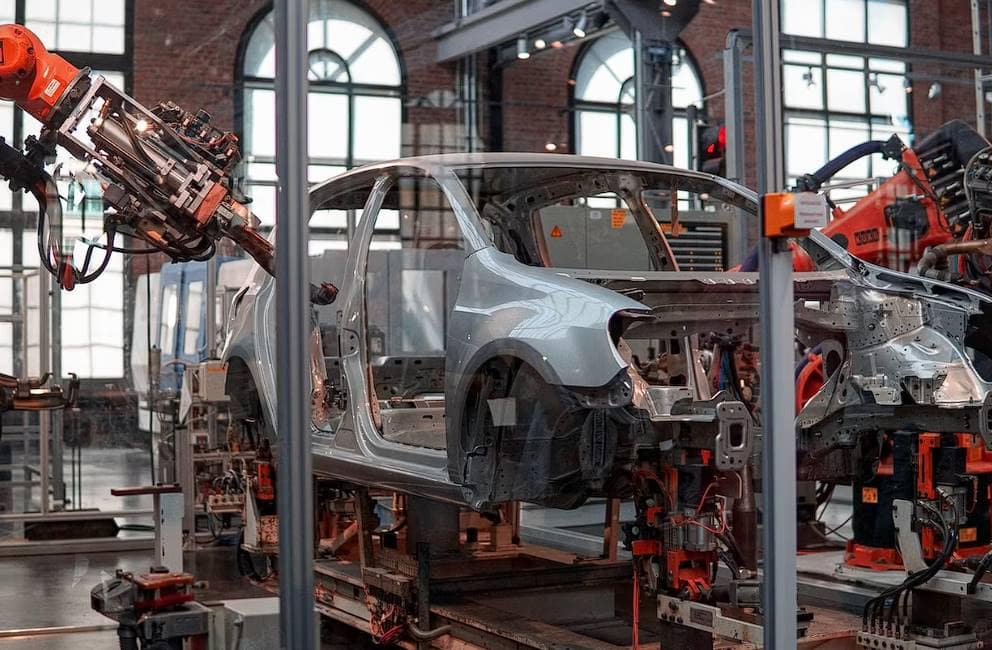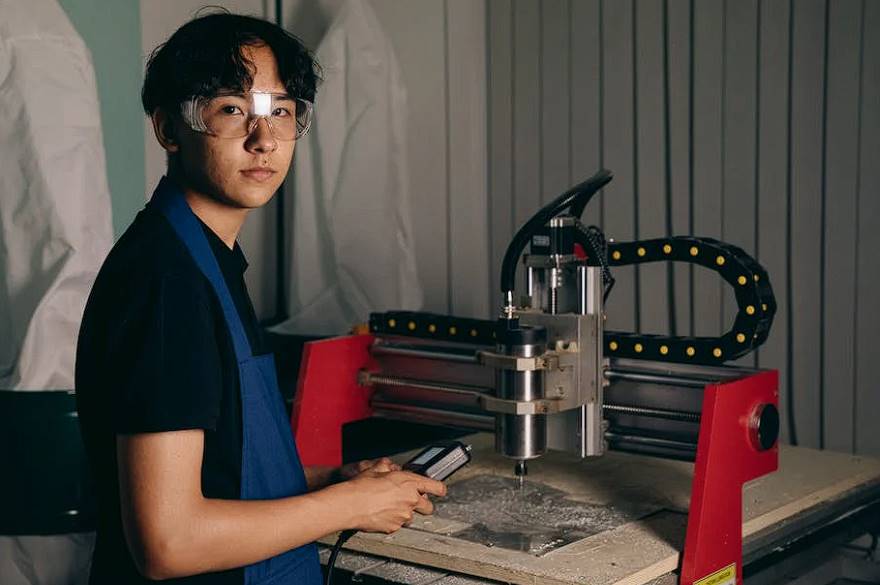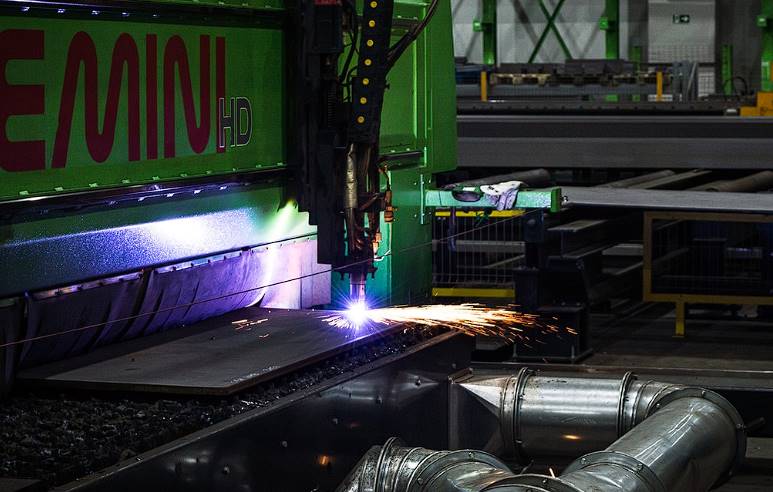Welding is a crucial procedure in numerous fields, yet it poses risks if not performed safely. In this piece, we'll look at the importance of safety in welding and the steps you can take to safeguard yourself and your workplace.
Exactly why is Safe Welding Necessary?
Welding safety procedures are in place to keep workers safe from potential injuries. The risk of health and safety injuries caused by welding can be reduced by providing appropriate training, examining welding equipment, and making workers aware of safety procedures before welding activities.
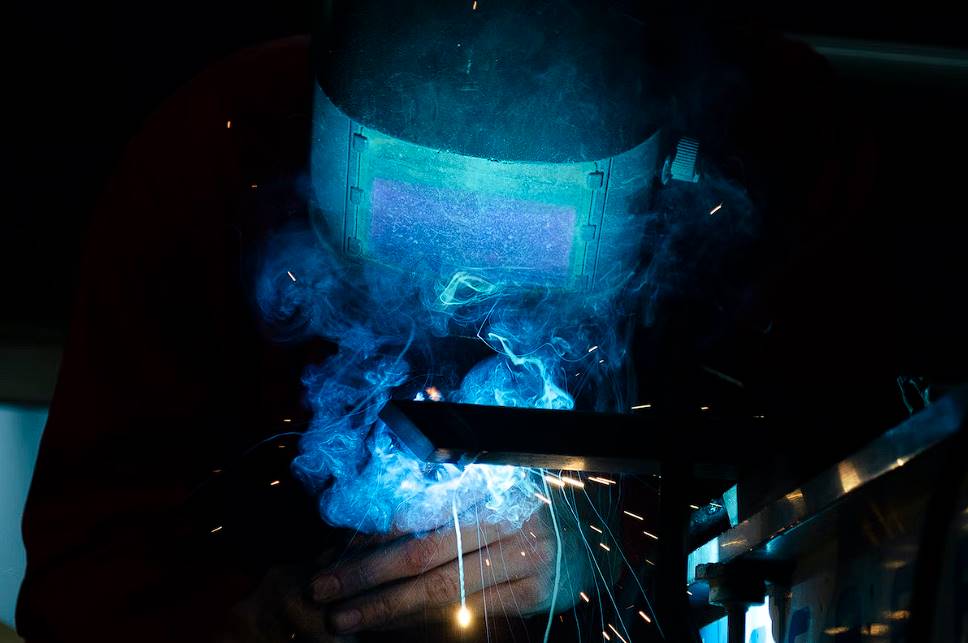
What are the Safety Rules for Welding?
Conduct In A Safe Place
A welder needs to take stock of their immediate surroundings before beginning to weld. Keep an eye out for any combustible tools or materials that might be lying around the welding area. At least 35 feet (10 metres) of clearance is required around the welding area.
Beware Of Potential Fire Dangers
Welding generates sparks, heat, and hot slags. Therefore, taking precautions to contain these hazards is important if they can't all be eliminated.
Be Aware Of The Dangers
Welding carries several concerns, most harmful to one's health. Before beginning any welding project, a risk assessment should be performed because the potential dangers might vary widely based on location. This will aid in developing safeguards to reduce or eliminate the hazards. Cutting and welding should be banned if this isn't the case.
Check The Condition Of Your Equipment.
Railings, lifelines, safety belts, or other equally effective precautions must be used to prevent a welder or helper from falling off platforms, scaffolds, or runways. To prevent accidents, welders should keep walkways, ladders, and stairways free of welding cable and other equipment.
Use Appropriate PPE to Keep Yourself Safe
Workers in the welding industry should always take precautions against potential health problems by wearing protective gear. Personal protective equipment (PPE) that welders should wear includes:
- Dress in long-sleeved tops
- Long trousers with no cuffs
- Protective eyewear for welders
- Respirators
- Protective earplugs
- Shoes with protective gloves
Ventilation Should Be Checked
Proper ventilation is another way to safeguard workers from welding accidents. Ventilation systems are installed in workplaces to remove potentially hazardous air contaminants, prevent the buildup of flammable gases and vapours, and balance oxygen levels.
Beware Of Gases And Fumes!
Ventilation systems, either local or central, must be installed and configured to remove or dilute harmful fumes, dust or gases to safe levels. In addition, a respirator should be worn by welders to prevent them from breathing in dangerous substances.
Protect Other Workers
The welder is responsible for marking the hot metal or providing another notification form when welding operations are complete.
Keep Up With Your Training And Make Sure You Read All The Labels And Manuals.
Be sure to provide training for new equipment and procedures and ensure that every welder has access to safety data sheets and labels on containers containing potentially hazardous compounds.
Maintain Strict Safety Regulations
Take care to ensure your own and those nearby are safe. You should report any suspicious or unsafe behaviour to protect yourself and your coworkers.
The Most Common Errors in Welding and How to Avoid Them
Welding is crucial in the production of metal, yet it can cause significant problems if not performed properly.
Welding is an activity that calls for more patience and precision; the process is made even more challenging by elements like weld techniques and equipment, consumables, and filler materials, so mistakes are inevitable.
While it's inevitable that you'll make some errors while welding, you can lessen the impact of those mistakes by following these guidelines and always employing proper techniques.
Not Being Prepared
Welding inspectors may encounter quality problems due to improper planning. In many cases, welding is begun before the metal has been properly prepared. Any idea what this means? This occurs when the weld area or the metal being welded is not cleaned of dirt, corrosion, paint, or other impurities.
In addition to these measures, the weld metal must have any invisible fractures ground out before welding can begin. The metal being welded must be well-cleaned and ground to ensure a strong, clean weld.
It's worth noting here that not all metals require the same level of cleaning. For instance, aluminium components require meticulous cleaning before use. However, welding ferrous metals does not require extensive cleaning first.
Two steps must be taken if the metal being welded requires extensive cleaning. The first is to wash the surface so that any dirt or oil can be wiped away, and the second is to brush the surface so that any oxides may be removed.
Failure To Take Necessary Safety Measures
When welding metal, always put safety first. Unfortunately, people have been hurt when welding because they didn't take safety measures first. In addition, damage sustained from welding dangers may be permanent and irreparable, in contrast to the possibility of re-welding a joint or repairing a breach in the assembly.
Welding poses risks such as blindness, amputation, deafness, arc burns, and other burns. The following safety equipment should be worn before beginning welding to prevent common welding-related injuries:
- Protective eyewear
- Protect your ears
- Boots for safety
- A welding cap
Wearing protective eyewear when welding helps keep your eyes safe. Protects your eyes from sparks, splatter, and shards of metal that may fly from a grinder or other metalworking tools.
Not Having Sufficient Experience
A lot of practise with scrap metal is still required, even if you have a welding qualification, before you can take on a professional welding job. Unfortunately, people often wrongly assume that the knowledge gained from books and welding courses can be directly applied to the workplace.
You may learn about welding and the various techniques used to do it from books and classes. However, they rarely consider the potential obstacles that may arise when welding in the real world; these things can only be learned via experience. Welding practice will teach you the challenges you may face and the solutions you employ. This is crucial to your long-term success as a welder.
The Incorrect Method Of Storing And Handling Filler Metal
Welders frequently make the error of storing filler metals in an area where they are subjected to moisture collection and potential contamination from oil, dirt, and grease.
A bad weld that results in damage can be avoided by keeping the filler materials for the weld in a clean, dry location where the temperature is kept constant until they are needed for welding.
If you plan on leaving wire coils or spools on the wire feeder for an extended period, either remove them and store them in their original packaging or cover them with a plastic bag. The wire feeder is enclosed, protecting it from outside elements. In addition, a poor weld and subsequent rework can be avoided by carefully storing and managing the filler material.
Faulty Electrode And Wire Selection
Whatever welding technique you employ, selecting the appropriate electrode and wires is essential. This is because various uses call for the usage of specific electrodes. Many issues can arise during welding if the improper electrode is used or the electrode wasn't made for specific use. What's the fix? Ensure the electrode you're using is made for the task.
Incorrect Gun Size
If you use a welding gun with the wrong amperage, you may damage the equipment and have to buy new tools, which can be expensive. In addition, welders can't afford to devote a full day to the process because of the time required for prepping, fixing, and moving parts.
The preceding justifies using a welding gun with a lower amperage than usual. Instead of a 300-amp welding gun, use a 200-amp type to reduce fatigue and improve manoeuvrability. The welding gun will last longer, and your business will save money using less current.
A lower amperage gun is nonsensical to use for a greater amperage task. A gun with a greater amp rating is required here. Several issues, including early failure, overhead, and greater expenses, can arise if a lower-amp gun is used instead.
Incorrect Application Of Power Or Wire Feed Speed
Using an incorrect voltage or wire feed speed is another frequent welding faux pas. As a result, the trajectory may be unpredictable. Setting too high a voltage can cause the welding gun's handle to get extremely hot. This can cause contact point concerns in the long run.
To prevent the wire from piling up instead of melting in the weld pool, the wire feed speed must be adjusted.
Birdnesting or burn back may result from this as well. However, if the wire feed is set too slowly, you won't get the necessary penetration for a good weld. The easiest method to prevent these problems is to use the welding gun as instructed by the manufacturer, which means using the correct voltage and wired feed speed for the given application or material.
Leaving Work Open For The Arc Strike To Take
This blunder would result from misdirected attention, even if made accidentally. What's the big deal about giving the arc strike a day off? Because it may instantly corrode any metal, it comes in contact with. Working with metal, which demands more precision, increases the risk of ruining your project and the metal itself.
Maintaining composure and attention to detail will help you avoid the pitfalls above. In addition, staying within your designated welding area helps avoid accidental, damaging arc contacts to the workpiece.
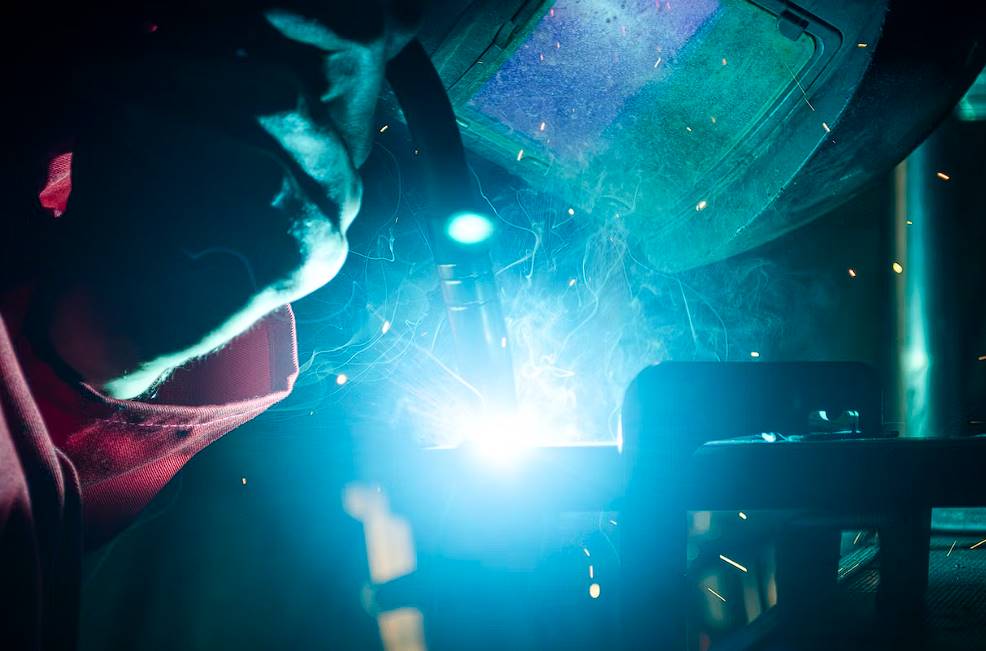
Incorrect Preheat Or Interpass Temperature Regulation
Welders frequently make the error of preheating too little or not at all. This is a bad idea because preheating ensures the weld stays intact. This is achieved through preheating, which reduces the metal's rate of cooling after welding.
However, you must select the optimal preheat and interpass temperature regulation for your needs. Your weld material's type and thickness will determine this. This data can be located in welding codes, the application's welding technique, and other fabrication records.
The material should be preheated thoroughly; the heated zone should reach nearly three inches on either side of the weld junction. Once the material reaches the welding temperature, you can begin welding. In addition, you shouldn't allow the weldment's temperature to drop below the interpass temperature, or it might shatter.
Failure To Conduct Routine Maintenance
Refrain from performing routine maintenance is the eleventh and final common welding mistake. Maintaining welding equipment is similar to maintaining any other mechanical or electrical gear.
Regular upkeep of the welding gun becomes obligatory if it is used frequently. The welding gun will function as intended if routine maintenance is performed. It will also increase welding efficiency and productivity, saving time, money, and energy.
To keep the welding gun in good working order, refer to the user handbook for advice on how to do so. This will make your device last longer and make sure it works perfectly.
Conclusion
Welding is a crucial procedure in numerous fields, yet it poses risks if not performed safely. To ensure safety, welders must take stock of their immediate surroundings before beginning to weld, be aware of potential fire hazards, check the condition of their equipment, use appropriate personal protective equipment (PPE), and ensure proper ventilation. Welders should also wear protective eyewear, respirators, and shoes with protective gloves. Proper ventilation systems must be installed and configured to remove or dilute harmful fumes, dust, or gases to safe levels. The most important details in this text are the most common errors in welding and how to avoid them.
Welding is an activity that requires patience and precision, and can cause significant problems if not performed properly. Welding inspectors may encounter quality problems due to improper planning, and the metal being welded must be well-cleaned and ground to ensure a strong, clean weld. Failure to take necessary safety measures when welding metal can lead to permanent and irreparable damage. Welding poses risks such as blindness, amputation, deafness, arc burns, and other burns. To prevent common welding-related injuries, safety equipment should be worn, such as protective eyewear, boots for safety, a welding cap, and the incorrect method of storing and handling filler metal.
Faulty electrode and wire selection is essential, and incorrect gun size can damage the equipment and have to be bought new tools. Welding practice will teach us the challenges we may face and the solutions we employ. Welders should use a welding gun with a lower amperage than usual to reduce fatigue and improve manoeuvrability. Incorrect application of power or wire feed speed can cause contact point concerns and birdnesting or burn back. Leaving work open for the arc strike can lead to misdirected attention, even if made accidentally.
The most important details in this text are the common welding mistakes. These include incorrect preheat or interpass temperature regulation, preheating too little or not at all, and failure to conduct routine maintenance. Preheating ensures the weld stays intact and reduces the metal's rate of cooling after welding. Routine maintenance is also important to increase welding efficiency and productivity. Refer to the user handbook for advice on how to do this.
Content Summary
- Welding safety procedures are essential to keep workers safe from injuries.
- Providing appropriate training reduces the risk of health and safety injuries caused by welding.
- Examination of welding equipment is necessary to ensure its condition and safety.
- Workers should be made aware of safety procedures before engaging in welding activities.
- Checking the immediate surroundings for combustible tools and materials is crucial before welding.
- A minimum clearance of 35 feet (10 meters) is required around the welding area.
- Precautions should be taken to contain sparks, heat, and hot slags generated during welding.
- Performing a risk assessment before welding helps in identifying and reducing potential dangers.
- Cutting and welding should be prohibited if proper safeguards are not in place.
- Safety measures should be taken to prevent falls from platforms, scaffolds, or runways.
- Personal protective equipment (PPE) such as long-sleeved tops, trousers, eyewear, respirators, earplugs, gloves, and protective shoes should be worn during welding.
- Proper ventilation is necessary to remove hazardous air contaminants and maintain oxygen levels.
- Ventilation systems should be installed to eliminate or dilute harmful fumes, dust, or gases.
- Welders should mark hot metal or provide notifications when welding operations are complete.
- Continuous training and access to safety data sheets and labels are important for welders.
- Strict adherence to safety regulations ensures the well-being of oneself and coworkers.
- Improper planning and lack of preparation can lead to quality problems in welding.
- Proper cleaning and preparation of the weld area and metal are crucial for quality welding.
- Different metals require different levels of cleaning before welding.
- Safety measures should always be taken to prevent welding-related injuries.
- Experience and practice are necessary to overcome challenges in real-world welding scenarios.
- Proper storage and handling of filler metals help avoid contamination and damage.
- Selecting the appropriate electrode and wire is crucial for successful welding.
- Using a welding gun with the correct amperage helps prevent equipment damage.
- Using the correct voltage and wire feed speed ensures proper welding results.
- Avoiding arc strikes helps prevent damage to the metal and the project.
- Proper preheating and interpass temperature regulation are important for weld integrity.
- Regular maintenance of welding equipment ensures optimal performance and efficiency.
- Following user manuals and guidelines helps in maintaining welding equipment.
- Proper maintenance extends the lifespan of welding equipment and saves time and money.
Frequently Asked Questions
Welders should wear welding helmets with appropriate shades of tinted lenses to protect their eyes from harmful UV radiation. Additionally, using safety glasses or goggles under the helmet provides further protection.
Fire safety is crucial in welding due to flammable materials, sparks, and hot work. Proper fire prevention measures such as keeping fire extinguishers nearby, removing combustible materials, and using fire-resistant barriers can prevent accidents.
Precautions include ensuring a clean work area free from flammable substances, having fire-resistant barriers or blankets, and using appropriate welding techniques and equipment to minimise the risk of sparks or ignition.
Welders should wear appropriate PPE, including safety glasses, face shields, or goggles, to protect against flying debris or metal fragments generated during welding.
Measures such as providing proper training and education to welders, implementing safety protocols and procedures, conducting regular equipment maintenance, and promoting a safety culture within the workplace can enhance overall safety in welding.

